Resource
recovery centres
What has increased

Separating our waste streams (e.g. e-waste, batteries, green waste, food waste, hazardous goods) – keeping these things out of landfill, is good for our environment and for our climate.
Another proposal that received wide support from the community as part of the 2021 Long Term Plan was establishing Resource Recovery Centres in Matamata and Morrinsville to divert more waste from landfill instead of just transferring waste from A to B.
We started early investigation work on these, but identified that our existing transfer station sites are not fit for purpose for the longer term – all three would require multi-million dollar upgrades. Waihou in particular requires around $4-5 million in upgrades just to keep offering the same transfer station services – that’s before we even start looking at improvements to divert waste from landfill.
New Zealand can’t afford to keep creating rubbish and putting it in big holes in the ground – we need to change how we manage our waste.
Why are we increasing funding?
The three sites we currently operate need significant investment to make them fit for purpose - and those costly upgrades would still only be a ‘sticking plaster’ approach while NZ continues to upgrade its waste infrastructure. We know that providing rubbish and recycling services to the community is important - so we’re proposing to continue with upgrades to our existing sites to keep them compliant and operational.
But alongside these upgrades, we need to think differently about the future of how our district manages waste. We will do a more detailed business case on resource recovery options than we signalled in 2021, and include an additional option for consideration: creating one custom-built resource recovery hub for the whole district and closing or reducing some or all of our current sites.
We consider this business case a must do, to make sure that whatever we decide to invest in will continue to comply with national standards, benefit the environment, and be more cost effective for residents and ratepayers.
We’ll do more investigation and come back to the community with more detailed options and costs. But this is likely to be a major project in the next 10 years, so we wanted to flag this to the community, and help people understand what’s coming up.

Upgrade existing transfer stations and expand the scope of the resource recovery centres project.
We’ll complete $2 million worth of work to our existing sites between 2024-2026, to keep them compliant and operational.
Alongside these improvements we must develop a business case for more future-focussed options for handling our waste, including the option of one centralised facility. We know we need to do something to improve how we manage waste in the long term – so we are including $5.5m in 2026-2029 for a resource recovery hub.
We will consult with the community in more detail once we have more information.

Impact on debt:
$7.96 million following completion in 2028/29.
Standard of service this would provide:
Initially this will maintain rubbish and recycling services.
A proposal to improve these services will be bought back to the community for further consultation.
Average additional operating cost per year:
$734,000 following completion in 2028/29.
Average additional cost per property per year:
$29.97 following completion in 2028/29.

Following community feedback we budgeted: $6.5 million over 2023/24-2030/31 to develop resource recovery facilities in Matamata and Morrinsville, and upgrade the Waihou (Te Aroha) transfer station to improve functionality and health and safety.

Impact on debt:
$6.5 million following completion in 2025/26.
Standard of service we would provide:
Improvement to rubbish and recycling services.
Average additional operating costs:
$284,000 following completion in 2025/26.
Average additional operating costs per property per year:
$11.60 following completion in 2025/26.
